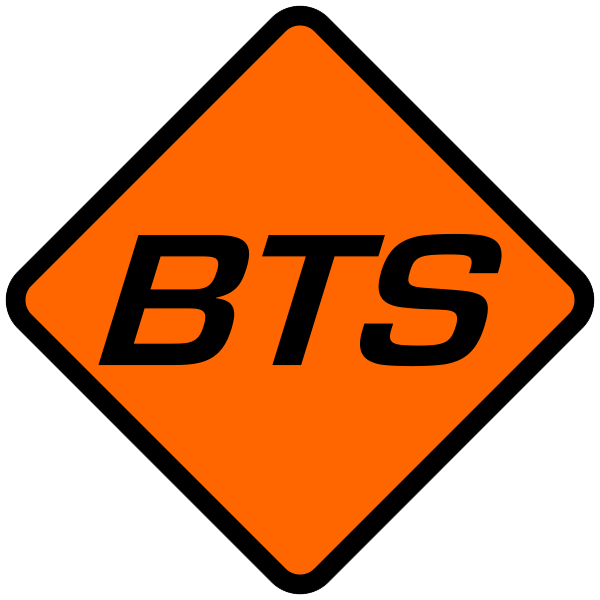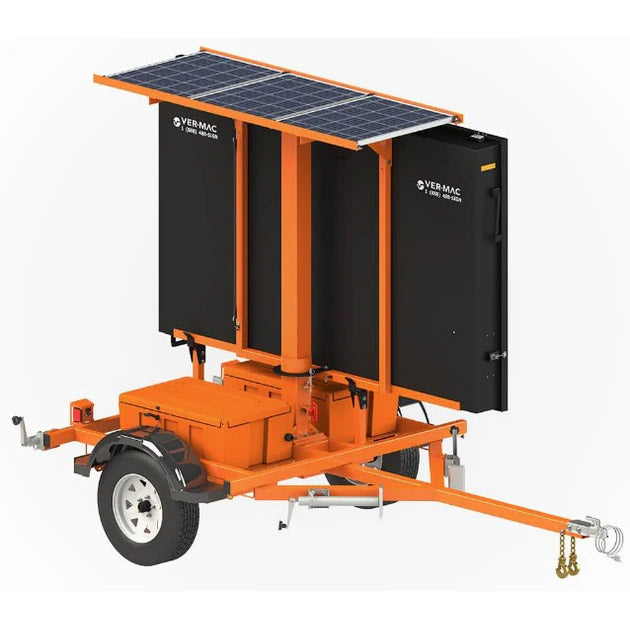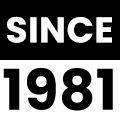
Do Drivers Slow Down By Radar Speed Signs?
You’ve probably seen them before: blinking signs that show your current speed in real time—often labeled “Your Speed” or “Radar Speed Sign.” In areas like work zones, school zones, and neighborhoods, these signs are becoming common. They’re part of modern traffic signage strategies, and many believe they push drivers to slow down.
But do they actually work? How much do they influence behavior, and for how long? Let’s explore the evidence, the psychology behind them, and what this means for construction signs and road construction traffic signs.
What are Radar Speed Signs?

A radar speed sign (also known as a speed feedback sign or speed display board) combines a radar or speed-sensing device with a visual display. As a vehicle approaches, the radar detects its speed. If that speed is above the posted limit (or sometimes regardless), the sign shows the number, often flashing or changing color if the driver is speeding. The idea is simple: make drivers aware of how fast they’re going, and prompt them to slow down.
These signs are often used in temporary work zones, school zones, neighborhoods, and areas under traffic control. In construction environments, they complement construction traffic signs by adding an interactive, real-time element to the safety setup.
The Psychology Behind the Displayed Speed

Why would seeing your own speed make you slow down? It comes down to human behavior, self-awareness, and feedback loops.
When we see our speed displayed, it’s immediate and personal. It’s harder to ignore “You are going 62 km/h” than a static “Max 50 km/h” sign. That real-time feedback triggers self-regulation—many drivers respond to the reminder, especially if they realize they’re exceeding the limit.
The sign also introduces a mild social pressure: “I’m being watched,” even if no enforcement camera is present. Some drivers slow instinctively the moment they see the number blinking or changing color.
Over time, repeated exposure can help reinforce safer driving habits, especially in zones where speed matters—like school areas or construction zones.
What the Studies Say: Do Drivers Actually Slow Down?

Yes—but the results are nuanced.
Multiple studies show that radar speed signs can reduce mean speed, the proportion of drivers exceeding the limit, and speeds in specific zones. For example, one long-term study of dynamic speed monitoring displays (DSMDs) found an average reduction of 7 mph (≈11 km/h) in speed after installation in transition zones. Another school-zone research observed drops of around 9 mph (≈14 km/h) after just a week, and those reductions held for months.
Other case studies of radar speed signs in work zones and along curved roads also show meaningful reductions, especially when combined with warning signs. The effectiveness often depends on placement: signs closer to the hazard and in driver sightlines perform better.
However, some research notes that once the sign is removed, speeds gradually creep back toward prior levels. This suggests the signs have their strongest effect when active and visible.
Another interesting finding: the signs tend to affect drivers who are speeding more than those already complying. That is, those exceeding the limit often slow more significantly than drivers already near or below the limit.
In summary: yes, radar speed signs do slow drivers—typically by a few km/h or more—but their long-term effect depends on consistent use and strategic placement.
Strengths, Limitations, and Real-World Considerations
While the evidence supports radar speed signs as a useful tool, there are important caveats.
Strengths:
-
They are low-maintenance compared to physical barriers or constant enforcement.
-
They provide instant feedback and encourage self-correction.
-
They are especially effective in zones where driver attention is vital (school areas, work zones, neighborhoods).
Limitations:
-
The effect often diminishes over time if drivers grow accustomed to the sign or ignore it. Some research shows the speed reduction lessens after months.
-
When signs are moved or removed, the speed drop often reverts.
-
They are less effective on drivers who are deeply inattentive or deliberately speeding.
-
Placement matters: a sign too close or off to the side may not give drivers enough reaction time.
-
In very high-speed zones, the percentage reduction may be more modest, though still beneficial.
Because of these factors, radar signs work best as part of a layered traffic safety strategy—alongside construction signs, warning signs, enforcement, and good traffic planning.
Radar Speed Signs in Construction Zones

In road construction projects, speed control is critical. Workers operate close to moving vehicles, lanes shift, sightlines change, and equipment may protrude into travel zones. Traditional road construction traffic signs warn drivers of changes, but don’t always demand action. Radar speed signs add that demand—they make the speed visible and force a moment of decision.
When placed ahead of lane shifts or flagging stations, a radar sign can slow drivers just enough to give site conditions time to react. In rolling work zones, portable radar signs (or speed trailers) are especially useful, since they can be repositioned as the work progresses.
Because construction traffic patterns evolve daily, the adaptability of radar signage is a major benefit. Combined with construction signs, they form a dynamic safety system responsive to real-time conditions.
Trends: From Static to Smart Signage

Radar speed signs are part of a larger shift in traffic signage toward more dynamic, responsive systems. Whereas traditional signs are static and passive, modern signs interact with road users. Combined with digital message boards, smart sensors, and data collection, radar signs can feed into broader traffic management systems.
Some speed trailers now log data—how many vehicles passed, how many were speeding, average speed. This data can inform planning and enforcement decisions later. Also, signs can display custom messages like “Slow Down” or “Thank You” based on driver behavior.
This evolution moves the role of a parking sign or speed sign from passive instruction into active dialogue. In environments like school zones, work sites, and community roads, signage now responds to drivers, not just addresses them.
Radar speed signs have proven time and again that they play a critical role in improving road safety. They don’t just remind drivers of the speed limit — they actively influence behavior. From school zones and construction areas to busy city streets, these signs encourage drivers to slow down and stay alert. As traffic volumes increase and urban infrastructure evolves, investing in effective traffic signage becomes more important than ever.
By incorporating radar speed signs alongside construction signs, parking signs, and road construction traffic signs, cities and organizations can create safer, more efficient environments for drivers and pedestrians alike.
If you’re looking to enhance road safety at your site, event, or project, Barricade Traffic Services is your trusted partner. They offer reliable and high-quality radar speed signs and traffic signage solutions built to perform in any condition. Visit Barricade Traffic Services today to explore their collection and make your roads safer for everyone.




